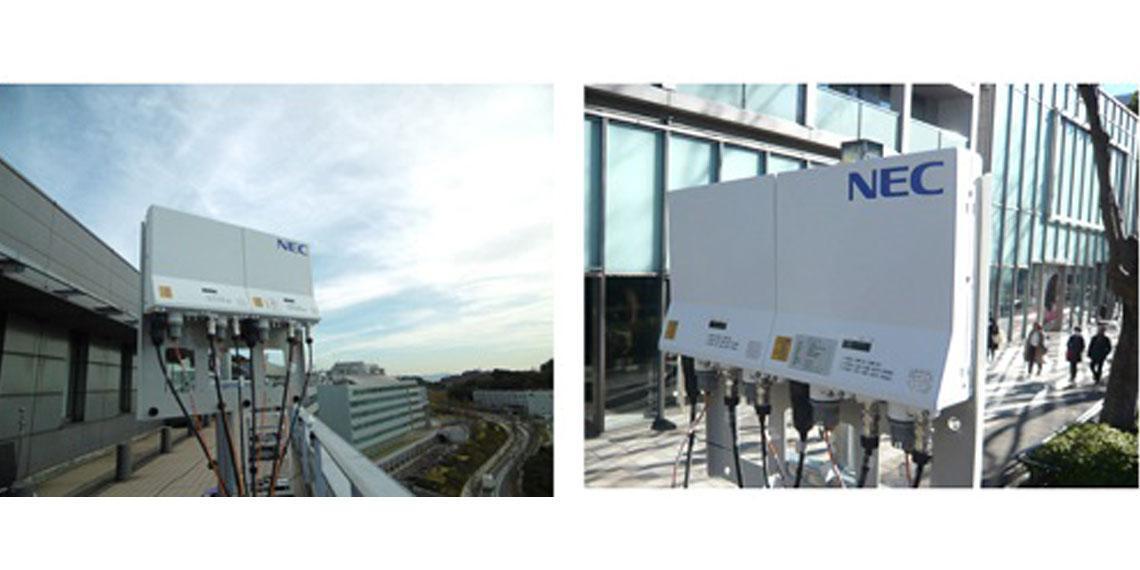Japan’s NTT DoCoMo has completed joint verification trials of Massive MIMO (Multiple Input Multiple Output) technology with Japanese ICT company NEC, for future 5G base stations. The trials took place in central Tokyo and the Kangaawa Prefecture of Japan, using NEC’s massive-element active antenna system (AAS), achieving spectral efficiency eight times higher than LTE.
The low super high frequency (Low-SHF) radio band is supported by NEC’s AAS. The SHF band encompasses centimeter-wave spectrum in the 3-GHz to 30-GHz band, and Low-SHF refers to spectrum in the 3-GHz to 6-GHz frequencies. AAS, according to NEC, adopts a fully-digitized antenna beam control technology to better the precision of beamforming.
In addition, the technology is able to form beams to counteract interfering signals, and also beams that improve communication quality by combing the multi-path of its own signals with direct waves.
“Thanks to NEC’s contribution on the massive-element AAS supporting the Low-SHF band, we were able to achieve highly successful outcomes from the trials,” said Takehiro Nakamura, managing director of NTT DoCoMo’s 5G Laboratory. “We expect NEC to continue pursuing high-speed, large-capacity communication using the Low-SHF band and contributing to our commercialization of 5G.”






